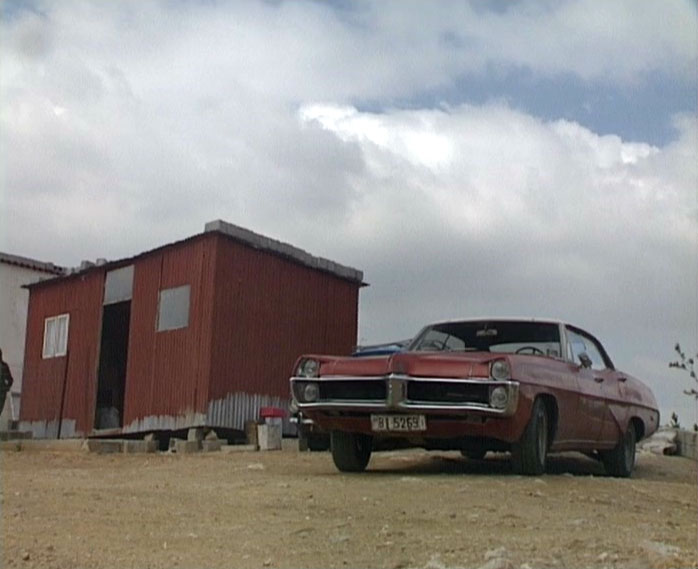2011-2012
This paper readdresses the notion of the archive in the context of a multimedia database for the architecture and the city. It investigates the aesthetic and ideological constitution of the archive, the conceptual framework of the database and, finally, the database as a storytelling mechanism that allows for multiple narrations. A pilot database comprising Greek documentaries about the city and its architecture from the 1950s and 1960s acts as the touchstone against which our research questions are raised. The results represent work in progress.
Our research project aims to tackle extremely current aspects pertaining to the development of the Greek urban landscape via the critical rendering and the effective utilisation of a multimedia archive. Here, some initial results from on-going research conducted at the Laboratory of Environmental Communication and Audiovisual Documentation (Department of Architecture, University of Thessaly) are presented in brief. Using as a point of departure Lev Manovich and Umberto Eco’s seminal work on the database and the list respectively, this research examines how our understanding of the city and its architecture can be shaped using the moving image as our primary resource. For this purpose, the project launched an on-line multimedia database with existing moving image works about the Greek city. Initially, the pilot prototype will be using archival material from the collections of the (Hellenic) National Audiovisual Archive and ERT’s Digital Archive, from the 1950s and 1960s, when the Greek urban landscape registered an unprecedented growth of construction. This entailed handling (locating, previewing, categorising, describing with relevant metadata) a considerable number of moving image works that depict daily life, social events and state ceremonies in Athens and other Greek cities. Efforts will be made to enrich the database with complementary material from private collections that narrate the informal history of the Greek city. The links provide additional information about the conceptual framework of the project, the database, media annotation and the digital tools utilised. The project received funding from the Research Committee of the University of Thessaly.


